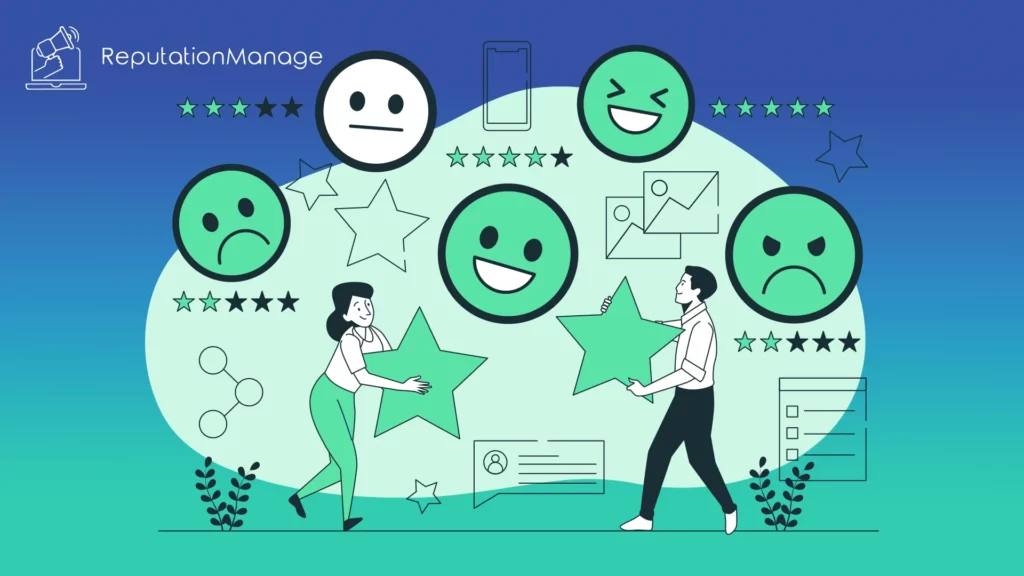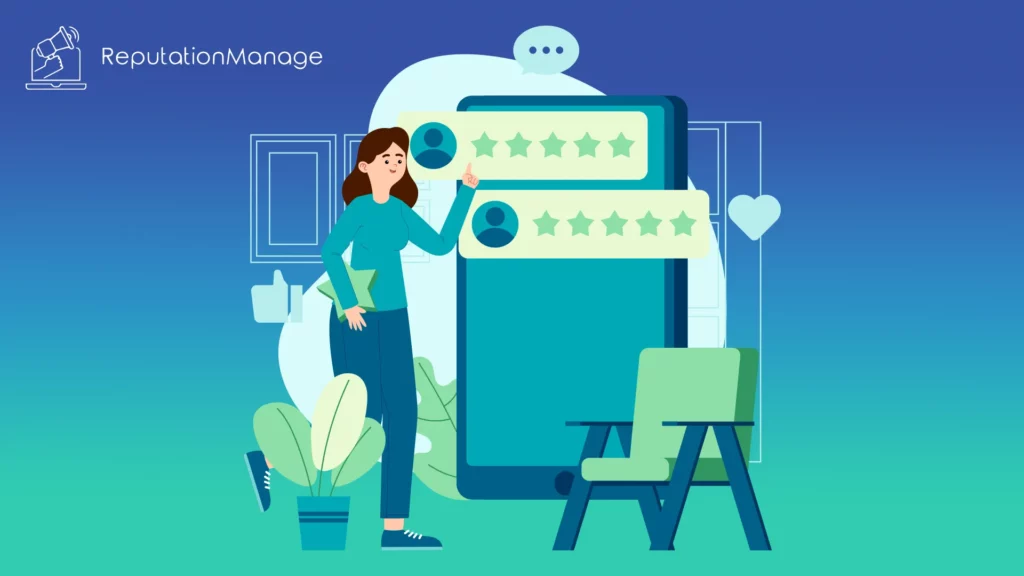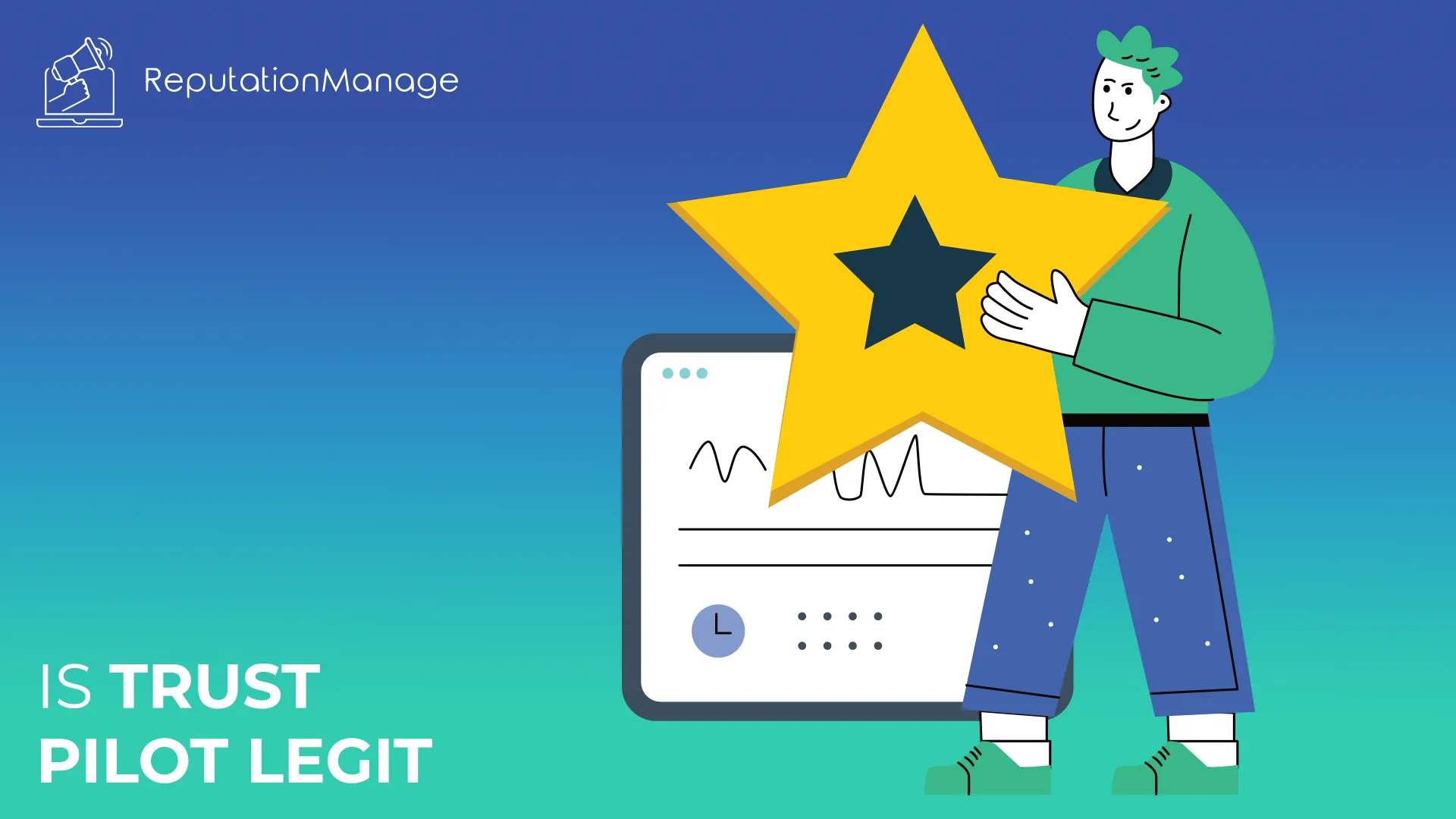Is Trustpilot legit, or is it just another review site filled with fake reviews? Many people rely on Trustpilot reviews to decide whether a business is trustworthy, but not everything on the platform is as honest as it seems.
While some companies receive genuine reviews, others manipulate their ratings by flooding their Trustpilot profile with positive reviews or trying to remove negative reviews.
So, can we trust what we see on the Trustpilot site? In this article, we’ll explore how Trustpilot reviews work, the problem of fake reviews, and whether the platform is truly reliable.
Table of Contents
Key Takeaways
- Trustpilot offers an open platform for reviews, but businesses can influence their ratings by flagging negative reviews or posting fake ones.
- Consumers should look beyond star ratings and read detailed reviews to get a clearer picture of a company’s reputation.
- While Trustpilot has tools to detect fake reviews, companies still manipulate their profiles through paid reviews or selective feedback.
- Trustpilot remains useful for research, but cross-checking with other sources and analyzing how a business handles complaints is essential for making informed decisions.
How Trustpilot Works: The Basics

Before deciding whether is Trustpilot legit, it’s important to understand how the review platform functions. Trustpilot reviews are meant to provide real customer feedback, but the system isn’t perfect.
The Purpose of Trustpilot
Trust Pilot was created as a space where consumers can share their experiences with businesses. Anyone can sign up and post genuine reviews whether they had a great experience or a terrible one.
The idea is simple: The more reviews a company has, the easier it is for new customers to judge if they should trust the business. But does that always work?
Who Can Post Reviews?
In theory, any customer can post Trustpilot reviews, but this leads to problems:
- Fake reviews from competitors trying to damage a company’s reputation.
- Businesses hiring review companies to post positive reviews and bury negative reviews.
- Customers post bad reviews out of anger, sometimes targeting the wrong company.
The biggest issue is that Trust Pilot doesn’t always verify if a reviewer used the service. This means businesses and customers alike must sort through all the reviews to determine what’s real.
How Businesses Use Trustpilot
Companies aren’t just passive participants in Trust Pilot. With a business account, they can:
- Respond to negative reviews and offer solutions.
- Flag reviews they believe are fake or unfair.
- Try to remove reviews that violate Trustpilot’s guidelines.
While this system is meant to keep things fair, some companies misuse these features to hide bad reviews and maintain a good rating.
Why Trustpilot Can Be Legit
With so much debate around Trust Pilot, it’s easy to focus on its flaws. But before we dive into the problems, let’s look at what makes it a valuable review platform for both customers and businesses.
Trustpilot Hosts Reviews from Real Users
One of the biggest advantages of Trust Pilot is that anyone can leave a review. Unlike some platforms that limit feedback to verified purchases, Trustpilot hosts reviews from all users.
This allows people to share their experiences, whether good or bad, making the platform more accessible to everyone.
Since companies can’t completely control all the reviews, customers can see a mix of honest reviews, negative reviews, and positive reviews.
While this doesn’t guarantee every review is real, it does offer a more open space for opinions compared to company-controlled feedback systems.
Trustpilot Fights Fake Reviews
Trust Pilot claims to use automated detection tools and manual checks to catch fake reviews.
The system looks for unusual patterns, such as sudden spikes in positive reviews, repeated wording, or reviews posted from multiple accounts.
Businesses caught manipulating their ratings can have their Trustpilot profile flagged, limiting their ability to remove criticism.
Some companies still attempt to remove negative reviews unfairly, but they must go through a verification process.
Trust Pilot does not allow businesses to erase all bad reviews without proof that they violate platform guidelines.
Businesses Can’t Remove Every Negative Review
While companies can request to remove reviews they believe are false, they can’t remove negative reviews just because they don’t like them. If a review follows the guidelines, it stays on the platform.
This process helps prevent businesses from wiping away criticism and gives customers a way to warn others about bad experiences.
However, this system isn’t perfect, and some legitimate negative reviews still get taken down due to aggressive flagging by companies.
Review Companies Help Maintain Transparency
Although some businesses try to manipulate their ratings, there are also review companies that analyze business data to ensure fairness.
These companies help detect fraudulent reviews and hold businesses accountable for misleading customers.
When used properly, Trust Pilot can be a helpful tool for finding real customer feedback. However, as we’ll see next, the platform has some serious flaws that can make it hard to trust every review.
Pro Tip: Looking to give a little push to your Trustpilot profile? Some businesses choose to buy Trustpilot reviews to increase their reputation. A strong mix of real customer feedback and strategic reviews can help build trust and attract more customers!
Trustpilot’s Biggest Issues

Many people ask, if is Trustpilot legit when businesses can still manipulate their ratings. While the platform claims to fight fake reviews, several issues make it hard to trust every review.
Fake Reviews Are Everywhere
Trustpilot is filled with both good reviews and bad reviews, but the real problem is the high number of fake reviews.
Some businesses post their own overwhelmingly positive feedback, while others hire agencies to flood their Trustpilot profile with fake 5-star ratings.
On the other hand, competitors or angry customers sometimes post fake reviews to damage a company’s reputation.
In many cases, these reviews are left by the same person using multiple accounts, making it impossible to tell what’s real.
Businesses Can Flag Reviews They Don’t Like
Companies have the power to flag reviews they claim are unfair. While this feature is meant to remove false claims, businesses often use it to silence real complaints.
If a customer leaves an honest but critical review, a company can flag reviews and request Trustpilot to investigate.
Even if the review is legitimate, it might still be taken down if the company argues it violates Trustpilot’s guidelines.
This allows businesses to remove negative reviews while keeping overwhelmingly positive ones.
Trustpilot Removes Some Reviews Automatically
Trustpilot’s system sometimes deletes new reviews that appear suspicious, even if they’re real. If a business suddenly receives a high number of reviews, Trustpilot’s system may assume they are fake and remove them.
However, all the fake reviews don’t always get caught. Some businesses still manage to manipulate ratings by slowly adding fake reviews over time instead of posting them all at once.
Misleading Star Ratings
Many people trust a company’s overall rating, but these numbers don’t always tell the full story. A business could have thousands of good reviews but still provide poor service.
Some companies also ask happy customers to leave reviews while ignoring unhappy ones. This creates a misleading image where overwhelmingly positive feedback drowns out complaints.
Fake Reviews Can Promote Low-Quality Products
Some brands post fake 5-star reviews to make their particular product seem better than it is. When real customers buy the item, they realize the reviews are fake and feel misled.
Since Trustpilot doesn’t always verify purchases, it’s easy for businesses to manipulate ratings to sell more products.
How Reliable Are Trustpilot Reviews?

Trustpilot is one of the largest review platforms, but can we truly trust Trustpilot? While it provides a space for companies and customers to share feedback, its rating system isn’t always reliable.
Do High Ratings Always Mean Trustworthy?
A company with thousands of Trustpilot reviews may still provide poor service. Some businesses manipulate ratings by asking only satisfied customers to post new reviews, creating an unbalanced view of their reputation.
On the other hand, some companies receive negative feedback from people who never used their service. Since Trustpilot allows anyone to leave reviews, there’s no guarantee every review is from a real customer.
The Role of Paid Plans in Review Management
Trustpilot offers paid plans for companies, giving them access to tools like automated review invitations and better review management. While this can help businesses collect feedback, it also raises concerns:
- Companies using paid plans can send requests only to happy customers, increasing positive reviews.
- Some businesses try to push negative reviews off their main page by collecting a flood of new reviews in a short time.
- There have been cases where Trustpilot removes flagged reviews, favoring paying clients.
This system makes it easier for companies to control how their reputation appears, rather than letting customers see a fully transparent picture.
How Quickly Can Companies Get an Issue Resolved?
Trustpilot encourages businesses to respond to customer concerns. However, resolving complaints depends on how the company handles criticism, not just its rating.
A high-rated company may still ignore customer problems, while a lower-rated business may work harder to get an issue resolved.
Looking at review details rather than just star ratings is the best way to judge a company’s reliability.
Table: Trustpilot vs. Other Review Platforms
| Feature | Trustpilot | Google Reviews | Yelp | SiteJabber |
| Open to all users | Yes | Yes | Yes | Yes |
| Verification required for reviews | No | No | No | No |
| Allows businesses to flag reviews | Yes | No | Yes | Yes |
| Can businesses remove reviews? | Limited | No | No | No |
| Paid plans for businesses | Yes | No | No | No |
This table highlights some of the major differences between Trustpilot and other platforms. Unlike Google Reviews, Trustpilot allows companies to flag reviews, making it easier to challenge feedback.
However, since Trustpilot reviews are open to everyone, businesses and competitors can still post misleading ratings.
Peter Holten Mühlmann, Trustpilot’s founder, created the platform to provide fair, open feedback.
However as more companies use it for reputation management, many question whether Trustpilot still serves its original purpose.
Fun Fact: Did you know that between 2020 and 2023, Trustpilot’s reviews more than doubled, jumping from 113 million to 267 million?
Should You Trust Trustpilot?
Many people ask if they can truly trust Trustpilot, given the issues with fake reviews and company-driven rating management.
While Trustpilot remains one of the biggest review platforms, its credibility depends on how users interpret the information.
Trust Pilot as a Universal Symbol of Trust
For many customers, a high Trustpilot rating acts as a universal symbol of reliability. Businesses often display their Trustpilot score on their website as proof of quality.
However, just because a company has a good rating doesn’t always mean its services are exceptional.
Some businesses invite only satisfied customers to leave feedback, while others actively manage their Trustpilot profiles to suppress criticism.
A perfect 5-star rating should be seen with caution, as even the best services receive some negative feedback.
Trustpilot’s Role in Customer Decision-Making
When used correctly, Trustpilot can still be useful for customers researching a company. Instead of focusing on the overall star rating, it’s better to:
- Read Trustpilot reviews in detail to see if complaints are repeated.
- Look at how businesses respond to negative reviews and whether they try to resolve issues.
- Check if the website of the company displays only selected Trustpilot feedback instead of linking to their full profile.
These steps help ensure customers don’t rely solely on Trustpilot but instead use it as one of several tools for evaluating a company’s reputation.
Conclusion
So, is Trustpilot legit? The answer isn’t simple. While the platform gives customers a space to share experiences, it also allows services to manage their reputation, sometimes in ways that mislead potential buyers.
A high Trustpilot rating doesn’t always mean a company offers the best services. Some businesses flood their page with positive feedback while trying to remove negative reviews or bury complaints.
For consumers looking for reliable information, it’s best to go beyond the star rating. Read the details in Trustpilot reviews, check the company’s website, and see how they handle complaints before making a decision.
Frequently Asked Questions
Is the Trustpilot website trustworthy?
The Trustpilot website can be useful for consumers, but it isn’t always 100% reliable.
While it hosts real customer feedback, businesses can influence their ratings by flagging reviews or encouraging only positive ones.
It’s best to read beyond the page rating and analyze multiple sources before trusting a site completely.
Are reviews on Trustpilot verified?
Trustpilot does not verify all reviews, which means consumers can find both genuine and fake reviews on the site.
While the platform has detection tools, anyone can leave a review without proof of purchase, making it easy for businesses or competitors to manipulate ratings.
Who is behind Trustpilot?
Trustpilot was founded by Peter Holten Mühlmann. The site started as a way to help consumers find trustworthy businesses, but as it grew, many companies began using Trustpilot as a marketing tool rather than just a review platform.
Is it legal to buy Trustpilot reviews?
Buying reviews violates Trustpilot’s site policies, but some businesses still do it to boost their reputation.
Legally, paid reviews can be considered misleading advertising, and in some regions, companies caught doing this can face fines or bans.
Consumers should always look for detailed, balanced feedback instead of trusting every page with a high rating.

Leave a Reply